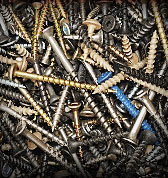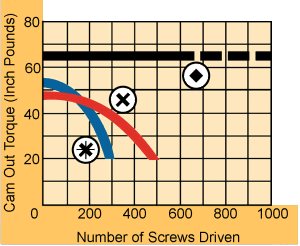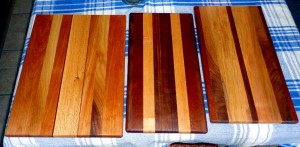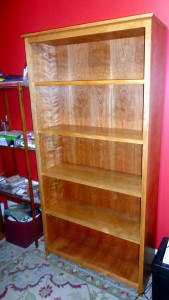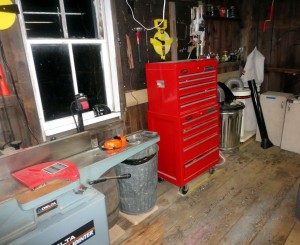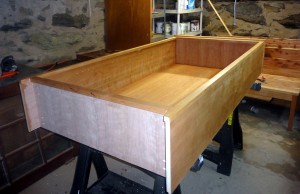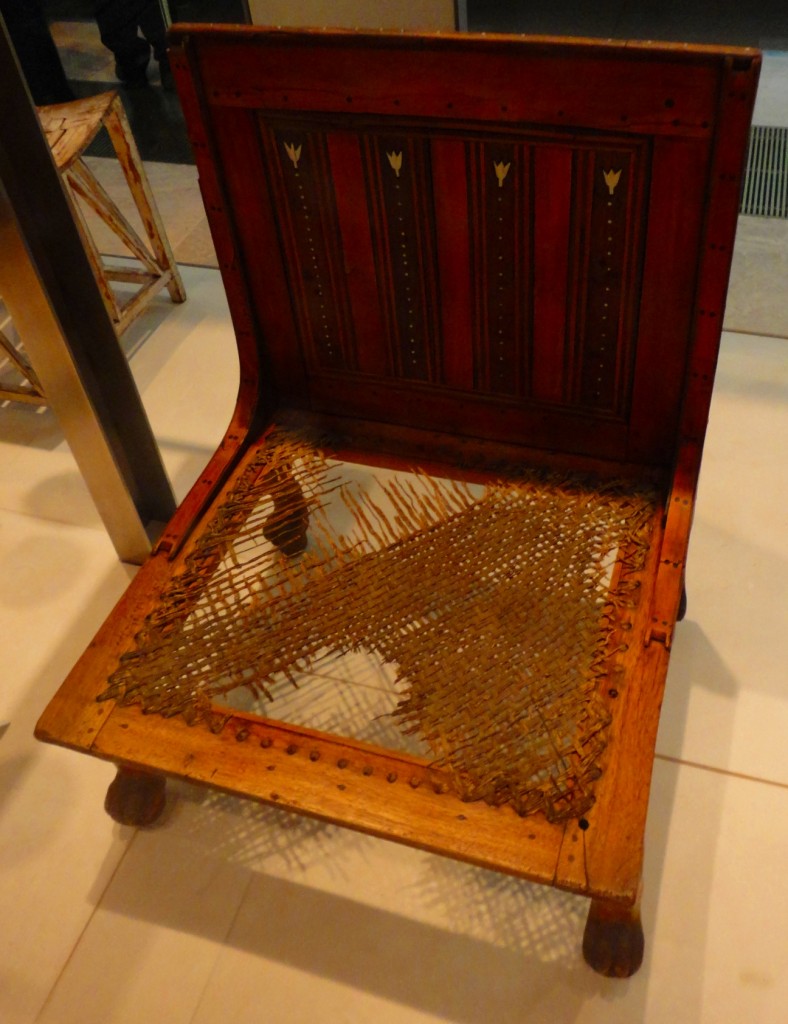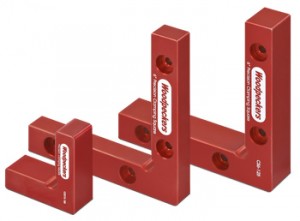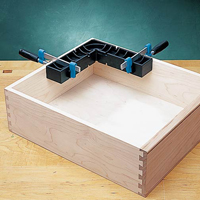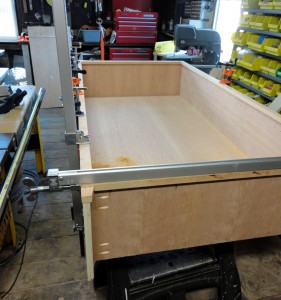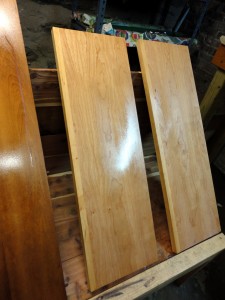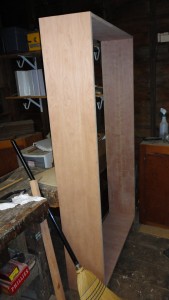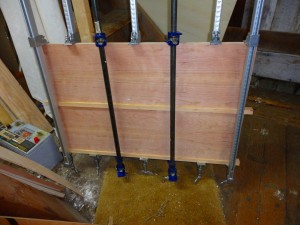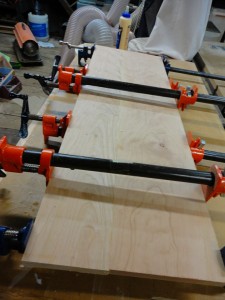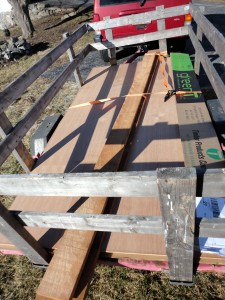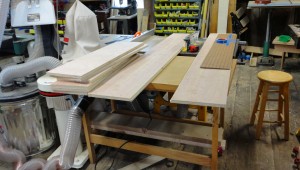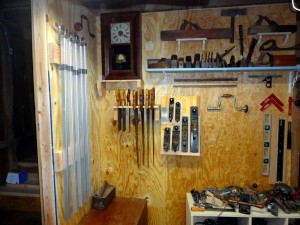
I have been making good progress on the workshop. The biggest part of the renovation is a new set of stairs to the second floor. The current stairs are in the front corner and are too steep, too little headroom, and no landing at the top. Originally there was no handrail, but I put one in last year. One of the other problems is there is no way to close off the second floor so I can heat the first floor.
After much thought and planning (if I haven’t mentioned it, I like to discuss projects endlessly before I actually decide what I’m going to do), I decided to put a new staircase in the back corner. To make the stairs a normal angle, I needed to have the stairs turn a corner. Over the past couple of weeks I have built the wall that will hide the stairs, and have started constructing the stairs themselves.
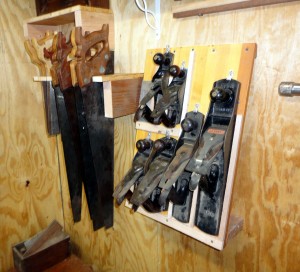
I am using the new wall as my hand tool storage (and display) area. It is a work in progress – I have to use the workshop as I am building in it, so I have been adding storage as I go. I had been storing my planes on a shelf, but that is a pretty inefficient way to store them. So for this new wall, I built a storage rack for them. the planes are held in place with a clip and magnet. I used laminated pine shelving that I had laying around (it had in a previous life been part of a stereo cabinet). I also built a saw till. Okay, I built two saw tills. The first one didn’t work so well. I took a 10″ wide piece of lumber I had laying around and cut slots in it to store the saws. Unfortunately, I wasn’t thinking and the slots were across the grain. So the fingers between the saws were pretty weak. On try two, I used one of the laminated pine boards and cut the slots going with the grain. This version is much stronger. It holds three back saws and four hand saws. Now I have to get around to sharpening more of the saws.
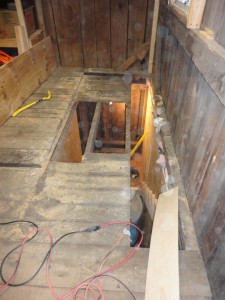
Over the past couple of weeks I constructed the landing where the stairs will go around the corner. It is framed 2x6s supported by 2x4s. It is mostly level (as well as I could do with the current unlevelness of the barn). The stairs going from the landing up to the second floor will be 46″ wide (it was a good width based on the overhead joists), but the three stairs from the landing down will only be 36″ wide (I had to fit the stairs to end at the support beam, so couldn’t widen the bottom).
After completing the landing, I built the stringers and stairs down to the first floor. It was pretty simple, only 3 stairs down. The top stringers were a little more work, 9 stairs up.
Tonight (with some assistance from Will and Ben) I started cutting the hole in the floor for the stairway. Of course, once I opened up the floor it meant no more kids on the second floor until the stairs are finished – if anyone falls through the hole, hopefully it is one of the cats, and if not a cat, then a dog, and if not a dog then me.
This week I’ll finish cutting the two joists out, and install the stairs. The treads are made from two 2x6s cut to length (and ripped to width). I haven’t decided where to put the light switch for the second floor – either leave it where it is or put it over by the bottom of the stairs. I’ll also need to add a light on the stairs – they are much darker now that they are enclosed.
After the new stairs are built, I’ll tear down the old stairs and cover up the hole from them. Under the stairs will be storage, and a sink (and maybe a urinal – I have a beer/soda machine, power tools, so all I need is a urinal to make it complete). I picked up a 60 gallon water tank on Craigslist that I will use as a water supply. I’ll put the tank on the second floor and let it gravity feed (it would already be on the second floor, but it couldn’t fit up the current stairs).
I also make a good score at a garage sale this weekend. I picked up a new set of chisels (though I may turn them over to Mark at cost – otherwise they are my loaner chisels), a Stanley 4 1/2 smoothing plane in good shape and a Stanley #120 block plane (okay, not the nicest block plane, but it is in pretty good shape compared to my other block planes).

